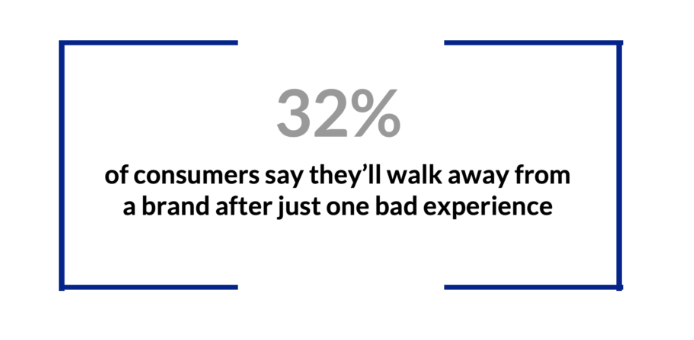
Image from the Rampart Range courtesy of Marion Boyce
1. Are you integrating all of your brand engagement points to improve your customer’s experience and drive growth?
You know a great customer/user experience (CX or UX) is important — not only based on what the research and pundits claim, but on your own experience in talking with your customers and specialty retailers. It all starts with your eCommerce website, but there is so much more behind the curtain that must be integrated to provide that all-encompassing CX you need to retain and grow customers.
A recent study by Accenture Interactive and Forrester Research from October of 2018 also found:
- 65% of customers find a positive experience with a brand to be more influential than advertising
- There is a 7X higher purchase intent among customers of brands that lead in customer experience
You need to make sure everything is connected: your CRM's contact data integrates with your eCommerce store, which integrates with your marketing automation tech, which integrates with paid media and your customer service hub, etc... Even if you have different pieces of technology, there are usually integration API’s that can be applied to help you leverage what you have. Hey, we all start somewhere.
Here are three actionable things you and your team can do now:
- Complete a thorough audit of how your prospective buyers and customers are engaging with your eCommerce ecosystem.
- Ensure that there is someone manning all active communication channels.
- Using one of the dozens of flow chart tools that are out there (our favorite is LucidChart @lucidchart), begin to plot out how those brand engagement points align to your buyer’s journey. The finished product will be a great visual representation for you to work with an integrations expert on!
Here’s an article for tips/tricks on mapping a complicated system: Tips and Tricks for Process Mapping a Complex Sales System Build.
2. Do You Have a Gap in Your Mobile Commerce?
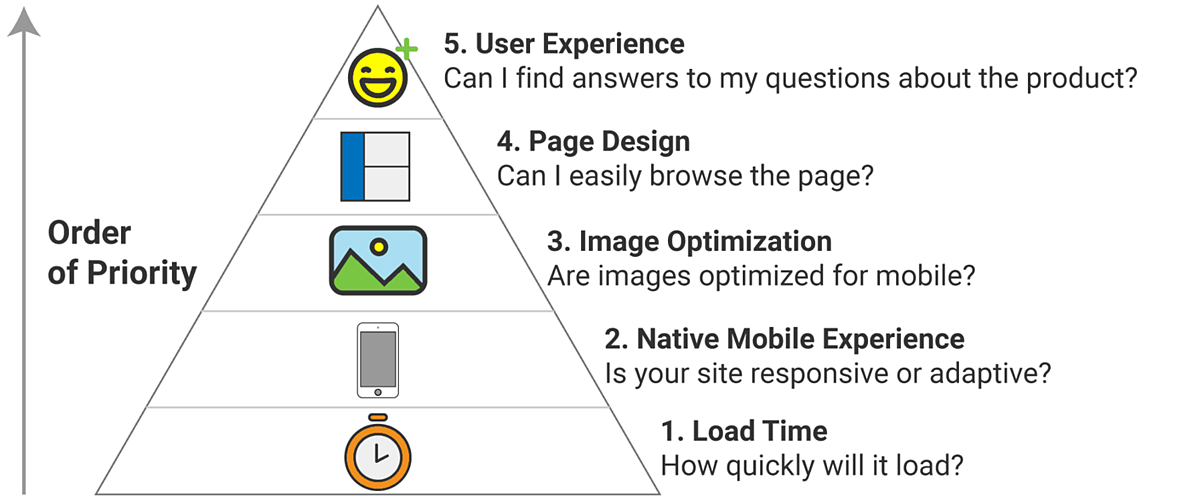
Customers are faced with a dizzying array of choices among products in the outdoor industry. Each one claims to be better at serving both their practical and aspirational goals. As brands provide more information with which to compare features and specifications, it is often more than the mind can be patient enough to process.
As human beings, we have over 170 instinct or default biases, what behavioral scientists call cognitive biases. Here are the seven Marketing Week identified as the most relevant for e-Commerce brands to understand.
1. People buy what they know.
The science behind it: Status quo, loss aversion.
2. People buy with their heart, not their head.
The science behind it: Temptation bias, priming, bizarreness effect.
3. People buy the simplest option.
The science behind it: Chunking, goal dilution.
4. People buy what the crowd buy.
The science behind it: Herd behavior.
5. People buy what will gratify them now.
The science behind it: Hyperbolic discounting, current moment bias.
6. People buy what makes sense in context.
The science behind it: Anchoring, decoy effect, framing, distinction bias, scarcity.
7. People buy into brands that match their ethics and values.
The science behind it: Commitment bias.
How is your brand addressing these biases? Learn more about the six biases and how the affect human behavior online in this podcast from Buffer.
3. Believe It, Fast and Free Shipping Converts
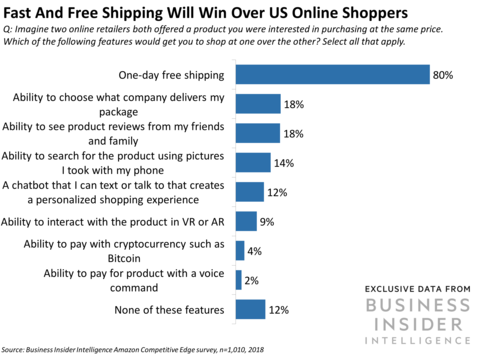
Offering fast, reliable, and free (or at least affordable) shipping is not an option if you want to convert those potential visitors to customers. They want to know the product will reach them on time and intact.
Now the stakes have just been raised. Not only is one-day free shipping a reality, 80% of those surveyed by Business Insider said price being equal, they will choose the brand or marketplace that gets it to them in one day.
Urgency matters, but don't lose sight that customers do like options. You need to have different delivery expectations to present to the customer throughout the purchase journey and at checkout. If you can't do one-day, whether you set an order limit or increase delivery time, offering at least one free shipping option can help sway customers your way.
One way for small to mid-sized brands to offset the 150+ Amazon distribution centers is to work with their retailers to provide "buy-online-pickup-in-store" (BOPIS). By fulfilling online orders from stores, small to mid-sized brands can trim costs and roll out rapid delivery, giving them an edge in the long-term fight for same-day shipping.
Other insights to consider (via Dropoff):
- 47% of U.S. consumers say they’ve paid extra for either same-day or next day delivery.
- 53% of consumers have abandoned an online purchase because of slow delivery times.
- 88% of consumers say the ability to track shipments in real-time is important.
What do your target customers expect? What options are you providing to meet those expectations? Learn more about how shipping impacts the customer experience in this guide from BigCommerce.
4. Four eCommerce tips reshaping digital search
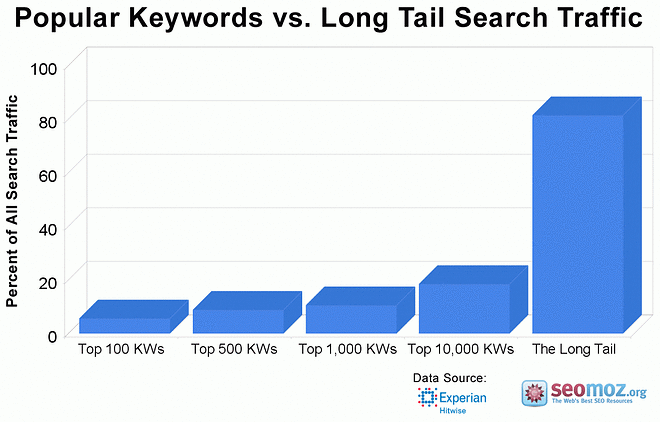
150 years ago, John Wesley Powell had to undertake a physical exploration to find answers to great questions and gather information. Today we launch a web browser or app to find what we seek. Our desire to search out is the most fundamental behavior in our relationship to the Internet.
But like most relationships our search behavior is evolving. Changes in search patterns reflect changes in how we think, the different ways we express ourselves using the written and spoken word, our desires, and our expectations of what we should receive for the time we invest in a search. Today’s technology is actually training consumers to ask questions. Here's four key trends in search.
- Asking questions using natural human language - Instead of inserting a keyword like "tent" into a search query, consumers are phrasing questions like, "what tent should I use for river trip down the Grand Canyon in June?" Implement a long-tail search strategy.
- Leveraging local - The use of the search phrase "near me" has doubled over the past two years. Make sure your local specialty retailer has a website that contains your key SEO terms and phrases and lists your products so they can be found if offered locally.
- Searching for personal guidance - Consumers increasingly look to search to offer recommendations about life choices, the best choice of products for specific life situations or the best actions to take in specific situations. If your outdoor product provides a solution for such inquiries make sure you have content around that query.
- Initial specific product searches happen more on Amazon - If it's a general product search Google still pulls them in. Google at least shares more general data. To improve your understanding and capture of consumer data you can 1) make sure to have your own dynamic website; and 2) use clickstream data.
5. Internet Trends Report for 2019
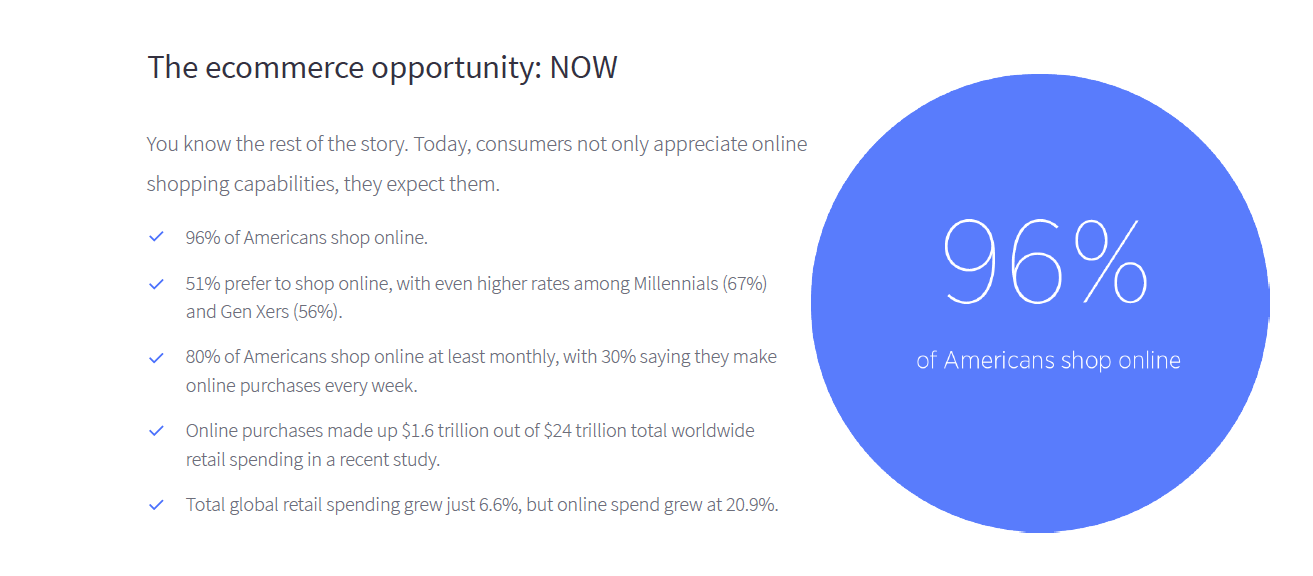
Here are some of the key statistics and observations Mary Meeker had in her annual Internet Trends Report. Her report is one of the most detailed and thoughtful reports on the state of the Internet and social media.
- E-commerce is growing 6x as fast as traditional retail sales. In 2018 e-Commerce sales represented more than half of all retail sales growth (51.9%)
- Communication (and social media) is increasingly becoming image-first. For example, more than 50 percent of Twitter impressions now involve posts with images, video or other media; this is quite a movement from Twitter's text-only beginnings.
- Efforts to protect data is continuing to increase. In Q1 2019, 87 percent of global web traffic was encrypted; three years ago the percentage was just 53 percent.
- Customer acquisition costs (CAC) are rising, which will lead to some unsustainable business models once CAC outpaces lifetime value.
Mary's advice: The best way to grow your brand in 2019 and beyond is to have efficient and effective marketing via a quality product, happy customers, and customer referrals.
We are always here to be a resource and talk with about your eCommerce tips and challenges. You can check out my Complete Guide to e-Commerce Services for Brands.

